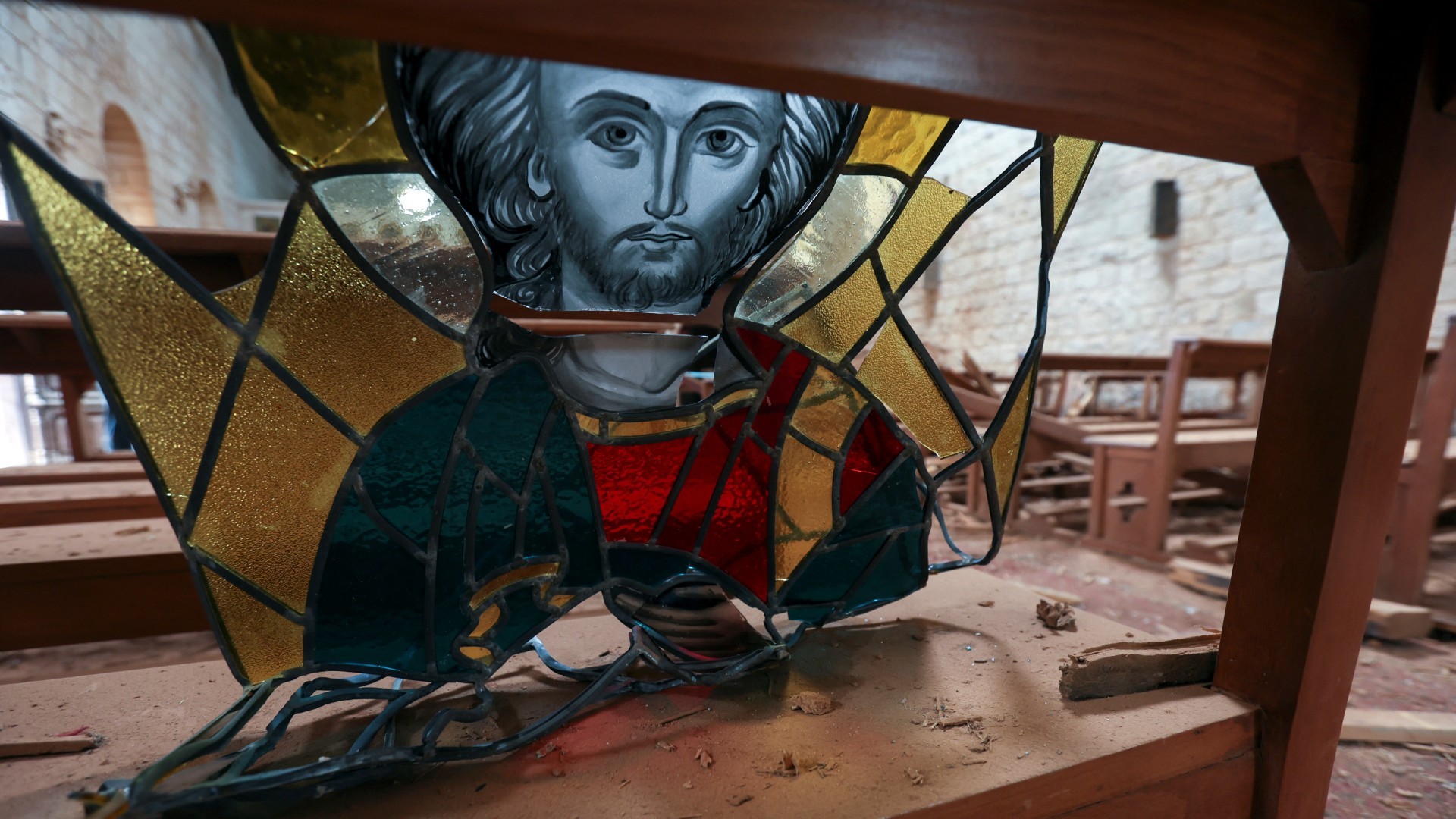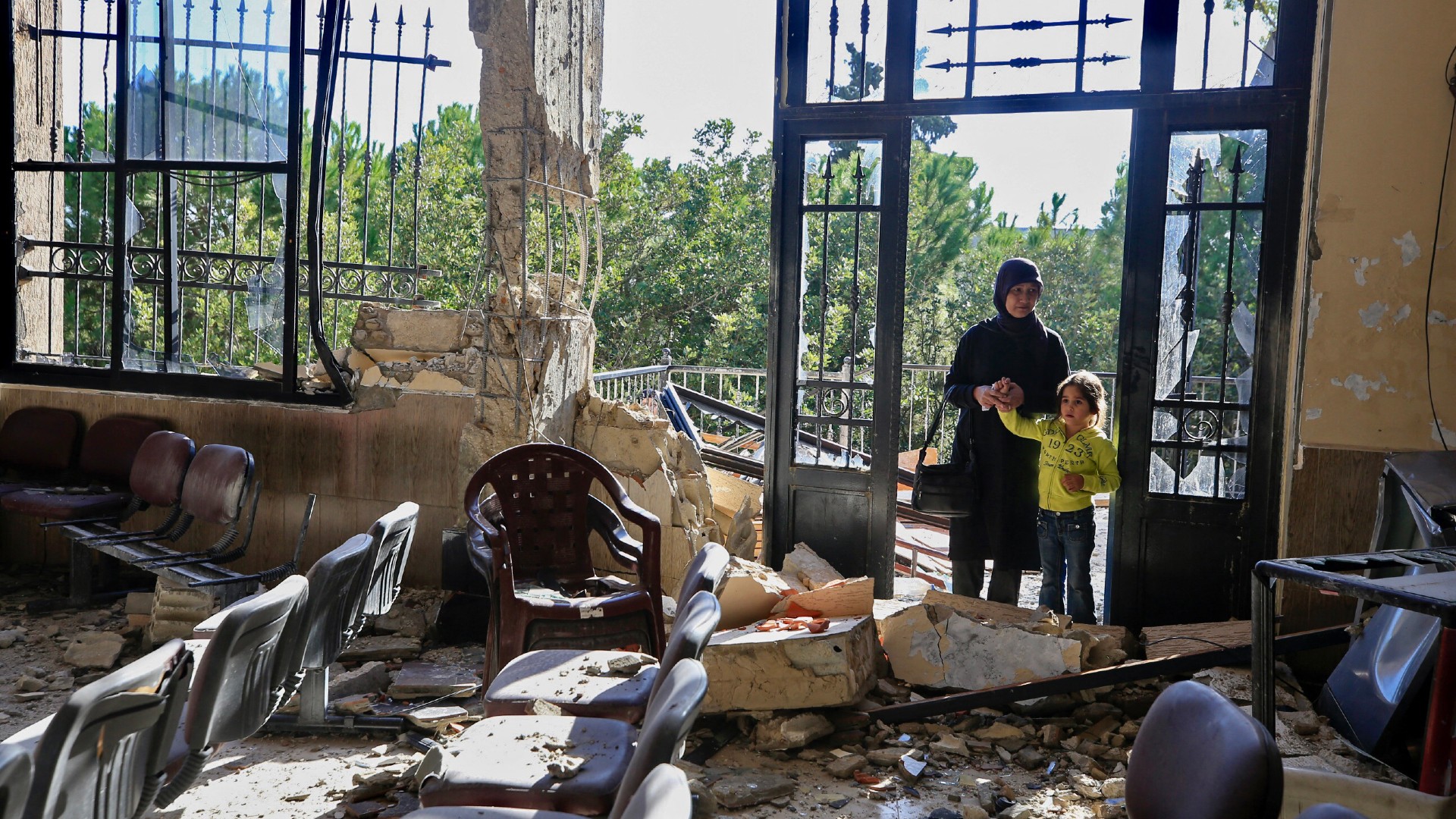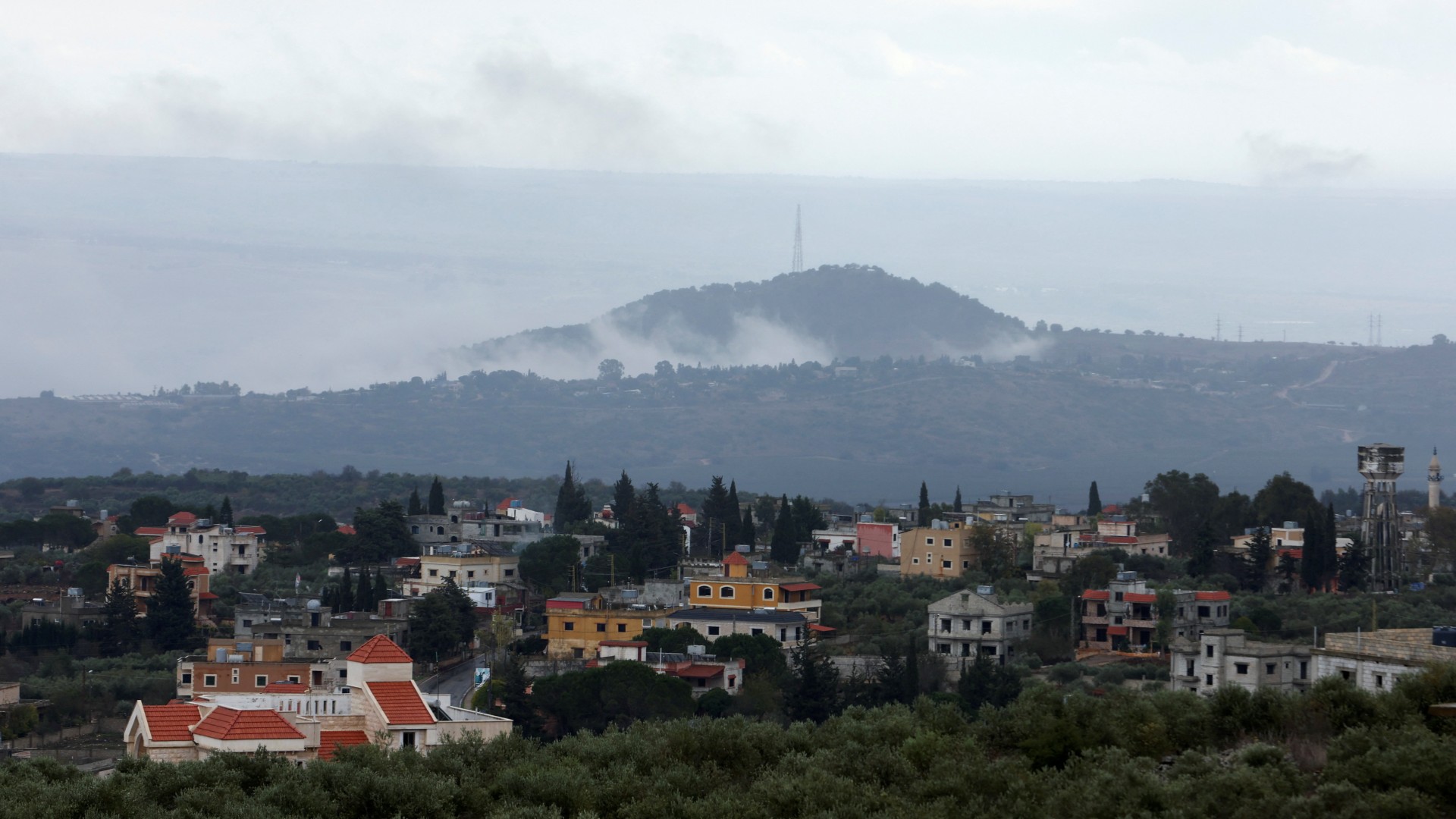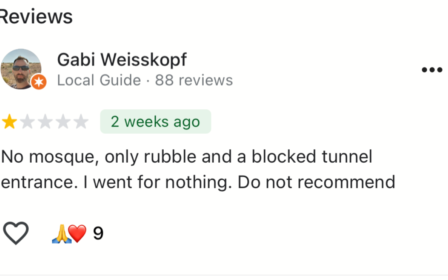A short history of the ancient Lebanese villages destroyed by Israel

Soon after Israel launched its ground invasion of Lebanon in October, videos began to emerge of soldiers blowing up entire Lebanese villages in the south, leaving their heritage sites and homes in ruins.
Many of these villages already suffered extensive damage from Israeli bombardment, which began a year earlier when Hezbollah opened a “support front” in solidarity with its Hamas allies in the Gaza Strip.
On Wednesday morning, a ceasefire agreed between Hezbollah, Israel and the Lebanese government came into force.
Hundreds of thousands of displaced Lebanese were able to return to the homes they were forced to flee from.
Yet in the deep south, Israeli troops continued to occupy villages they had laid waste to, firing at civilians trying to reach their homes. Below are profiles of four villages Israel has destroyed.
New MEE newsletter: Jerusalem Dispatch
Sign up to get the latest insights and analysis on Israel-Palestine, alongside Turkey Unpacked and other MEE newsletters
Yaroun
Located around 780 meters above sea level in the Bint Jbeil district, the village of Yaroun overlooks the Blue Line, Lebanon’s de-facto border with Israel.
Yaroun’s name allegedly has Canaanite origins. Standing on a hill, the village is believed to be referred to in the Old Testament as Yar’oun, meaning the high place that overlooks other locations.
Another meaning, suggested by late Lebanese writer Anis Fraiha, an expert on traditional village life, is horror and fear.
Yaroun was the scene of a famous battle in 1781 pitting Sheikh Nassif Nassar, a prominent leader in Jabal Amel, as southern Lebanon is also known, against the army of Acre-based Ottoman commander Ahmad Pasha al-Jazzar.
Israeli destruction of Yaroun in southern Lebanon
Drag the button to see the devastation
Nassar, who was killed during the battle, is believed to have fallen from his horse on a rock, which is one of Yaroun’s landmarks today. Recent Israeli bombardment has destroyed the village’s Nassif Nassar Hall, which was soon to be inaugurated.
Inhabited by Muslims and Christians, the village was occupied by the Israeli military between 1982 and 2000, and has been attacked by Israel several times since the 1970s.
Historically, Yaroun’s villagers relied on tobacco, olive trees and raising cattle to earn a living. But Israeli attacks and the chronic underdevelopment that plagued the village - like most of Lebanon’s peripheral areas - has prompted the bulk of Yaroun’s residents to seek a better life through emigration. While more than 12,000 Lebanese are recorded as originating in Yaroun, some 80 percent are expatriates living abroad.
The majority of Yaroun’s emigrants are residents of the United States, Australia and Panama, as well as other Latin American countries. Returning with fortunes from abroad, many Yarounis built luxurious villas and mansions that lined many of the village’s streets, earning it the name of “Switzerland of the South”.
Mhaibib
Situated on a spectacular hill with breathtaking views, the Marjayoun district village of Mhaibib enjoys a moderate climate in all seasons.
Mhaibib is famously the location of the shrine of Prophet Benjamin, where it is believed the son of Jacob was buried, which is over 2,100 years old.
Born after his brother, the Prophet Joseph, went missing, Jacob is believed to have governed the area where the village is located today.
The ancient figure, known locally as al-Habeeb Benyameen (Beloved Benjamin), is thought to have given Mhaibib its name.
The shrine was recently renovated and equipped with a room for prayers. It received visitors from Iran, Iraq, Syria, India and Pakistan.
Mhaibib grew into a village over 250 years ago, and it is believed that its residents first came from the Nabatieh village of Mayfadoun about 30km away.
The village also served as an important transit point for trade caravans coming from Syria and Palestine.
Mhaibib has around 1,100 residents, all of them from the Jaber, Hijazi and Abu Khadra families.
Previously relying on tobacco farming and cattle, many of the village’s residents currently work in Lebanon’s public sector or have emigrated abroad.
Mays al-Jabal
Mays al-Jabal’s inhabitants are known for their stubbornness. It has survived many ordeals throughout the centuries and its unbending and steadfast nature reflects the nettle trees, known as mays in Arabic, which gave the village its name and beautify many of its streets.
One of the largest villages of the Marjayoun district located at 700 meters above sea level, Mays al-Jabal is home to numerous ancient Shia religious sites.
To the west lies the Imam Ali Mosque, with the Sheikh Ibrahim Mosque across to the east, standing where Mays al-Jabal’s ancient religious school existed in the past.
The Mosque of Abu Dhar al-Ghafari in northern Mays al-Jabal was named after a well-known companion of Prophet Muhammad.
Many prominent Shia religious figures came from the village, including Sheikh Abdel-Amir Qabalan, the late head of Lebanon’s Higher Shia Islamic Council.
The history of Mays al-Jabal’s Darb al-Hurat caves, believed locally to have been graves, has yet to be revealed by historians and archaeologists.
Like many southern villages, Mays al-Jabal’s residents used to farm tobacco to make ends meet before more recent generations shifted to other professions.
Many families opened shops selling carpets, furniture and antiquities in the village, and more than 3,000 people originating from the village work in Africa, the US, Australia, the Gulf and Europe.
Others run businesses in Beirut and have opened branches in Mays al-Jabal, breathing life into the village’s economy.
Blida
Also in the Marjayoun district, Blida means the house of the child or the newlyborn.
While 9,000 people are recorded in the village’s registry, only 1,200 lived in Blida before the latest war began. The 1982-2000 Israeli occupation drove many residents away, with a huge diaspora community residing in Germany.
Historically, Blida’s villagers earned a living from farming. This became more difficult after one-third of the village’s territory - the most fertile - became part of Palestine when the border with Lebanon was drawn in 1920.
The village’s mosque is of immense value, boasting a 2,000-year history. It is believed to have been a pagan temple before the birth of Islam and became the first-ever mosque in Jabal Amel following the seventh-century Muslim conquest of the Levant.
Another historic site is the Prophet Shoueib Well, which falls along the barbed wire erected by the Israeli army on the border.
Shoueib is a prophet of Islam known as Jethro in Judeo-Christian tradition. A nearby spot overlooking the well called Khirabt Shoueib is a place where Moses is believed to have watered Prophet Shuaib’s flock.
Middle East Eye delivers independent and unrivalled coverage and analysis of the Middle East, North Africa and beyond. To learn more about republishing this content and the associated fees, please fill out this form. More about MEE can be found here.







